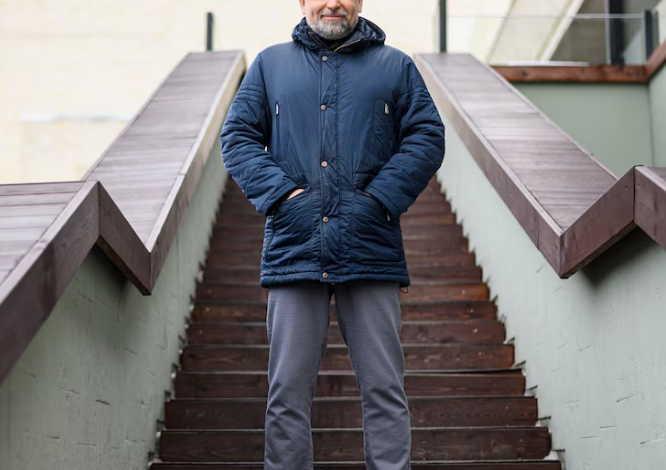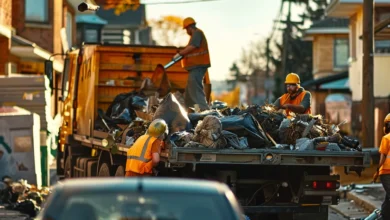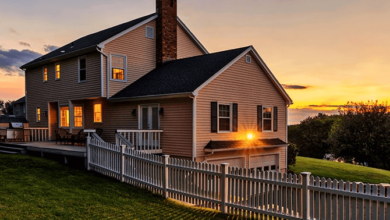Wearing Confidence: Why More People Are Turning to Bulletproof Coats

It used to be something people joked about, like wearing armour to go buy groceries. Now, not so much. Things feel different. There’s this background tension in cities—subtle, but it’s there. And slowly, people have started adjusting. Not by staying indoors or giving up routines, but by adding quiet layers of protection.
Enter the bulletproof coat. It doesn’t announce itself. No one would guess by looking. But that’s the idea—it’s not supposed to. It sits on the shoulders like any regular jacket. Except it holds the kind of defence that, just maybe, could make a split-second difference.
Why It’s Gaining Ground
There’s no single cause behind the growing interest. It’s more like a ripple effect. News clips of sudden attacks. Crowded places are turning into chaos. People want something between themselves and whatever might go wrong.
You won’t always find answers in headlines. But you will notice small changes around you—strangers checking exits in cafés, bags getting double-zipped. In a world where discomfort quietly builds, clothing like this begins to make more sense.
Still a Coat. Still Stylish.
What catches people off guard is how unremarkable it looks. A decent bulletproof coat won’t bulk you up. It won’t slow you down. It doesn’t even feel heavy after the first few minutes.
Underneath, it might hold layers of protective fabric. Some use aramid fibre, others go with different blends. What matters more is the way it fits into your day. Zip it up, walk out, and forget it’s doing anything more than keeping you warm. Until it isn’t.
The weight is distributed well. Designs are balanced. There’s room to move without stiffness. You could wear it during errands, or on the train, or walking your dog. No second looks. No questions asked.
Who’s Actually Buying One?
At first, it was mostly people working in sensitive areas—security, journalism, private transport. But that circle widened. Now it includes university students, single parents, frequent travellers. Not because they expect danger at every turn, but because they don’t want to be caught off guard.
Some get one for themselves after a close call. Others gift them to partners or family members. It’s a quiet gesture. A form of care that doesn’t need to be explained. In a way, it says more than words could.
And no, they’re not all high earners or tactically trained. These coats are showing up in online orders from suburban homes, small businesses, and city apartments. The appeal? It’s discreet. It blends. And it doesn’t scream, “I’m paranoid.”
See also: Commercial Electricians in Shrewsbury: Expert Services for Modern Businesses
That Awkward Middle Space
There’s a hesitation that shows up when someone thinks about buying one. A small voice asking, “Am I overreacting?” Maybe. Maybe not. That’s the uncomfortable part—there’s no clear answer.
What’s clear is this: the idea that a single moment could change everything has taken hold. A coat that might slow down or stop harm feels less like an extreme and more like a precaution. Similar to installing dash cams. Or choosing shoes you can run in.
No one wants to imagine needing it. But they still reach for it anyway.
What Makes It Worth It
It’s not just the material. It’s the mindset that shifts. Putting one on is like saying, “I’ve thought this through.” There’s a strange kind of calm that comes with that. Not fear. Not obsession. Just calm.
The coat might be hanging by the door for weeks, untouched. Then one day, the city feels tense, or the evening runs later than planned. And that’s when it gets used. Just once in a while. But always ready.
You don’t need to be a worrier to see its value. People carry first aid kits and fire extinguishers—not because they expect disaster, but because the alternative feels worse.
Evolving With Technology
There’s been quite progress behind the scenes. Better fabrics. Lighter cores. More adaptable designs. Some coats now include layers designed to reduce the force of impact, not just stop it. That’s where impact attenuation systems come in.
Others come with modular panels. Some allow quick removal for travel. Some even factor in climate and comfort—ventilation, thermal linings, soft touch interiors.
Designers are no longer treating them as military gear. These coats are being tailored for commuters, parents, cyclists, and teachers. The protection remains. The aesthetic? Much more subtle.
Conversations Are Changing
Years ago, this kind of item might have sparked concern. “Why would you wear that?” Now, more often than not, the reaction is curiosity. Sometimes it’s admiration.
A colleague quietly admits they’ve been thinking about one too. A neighbour asks where you got it. People are talking—not loudly, but sincerely. And the message is spreading: being prepared doesn’t make you strange. It makes you smart.
Normal Isn’t Always Safe
The world doesn’t always warn you before it goes wrong. So, yes, wearing something like this may seem like preparing for the worst. But sometimes, that’s what survival looks like. A single layer that turns panic into a plan.
That said, no coat is invincible. It won’t stop every threat. But it might buy you seconds. And sometimes, seconds mean everything.
What It All Comes Down To
There’s no single correct answer. Not everyone will want one. Not everyone needs one. But if the thought has crossed your mind lately, you’re not alone.
It’s not about fear. It’s about having options. Making decisions from a place of control, not panic. Maybe you’ll never need it. But if you do, it’ll be there. Waiting. Like a quiet kind of insurance that fits between your collarbones and the cold air outside.



